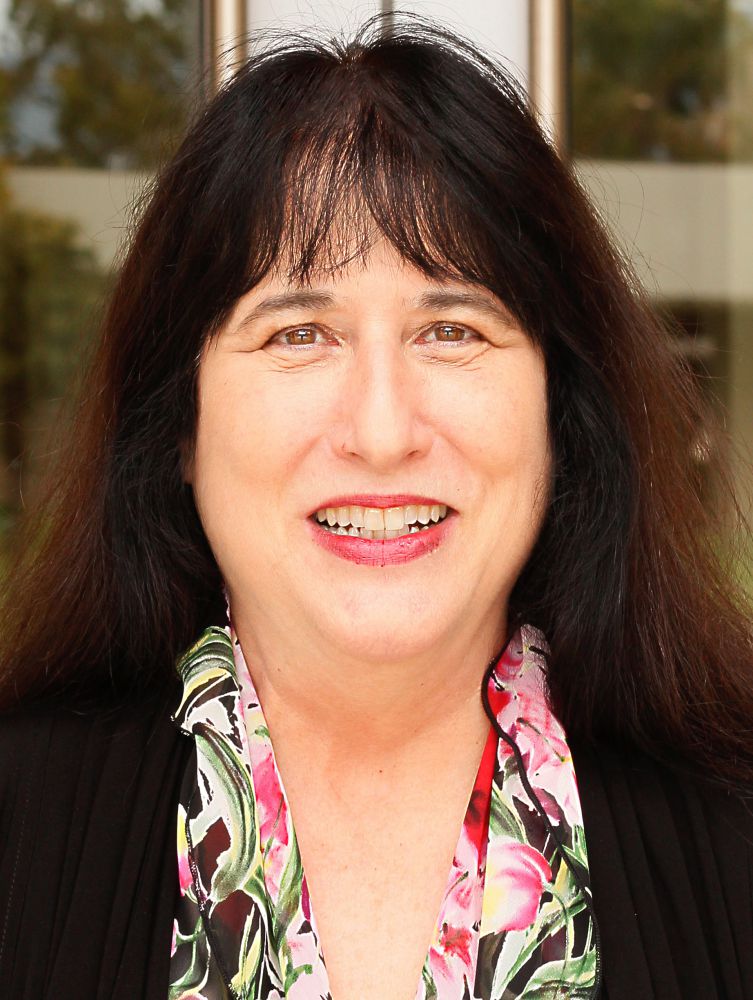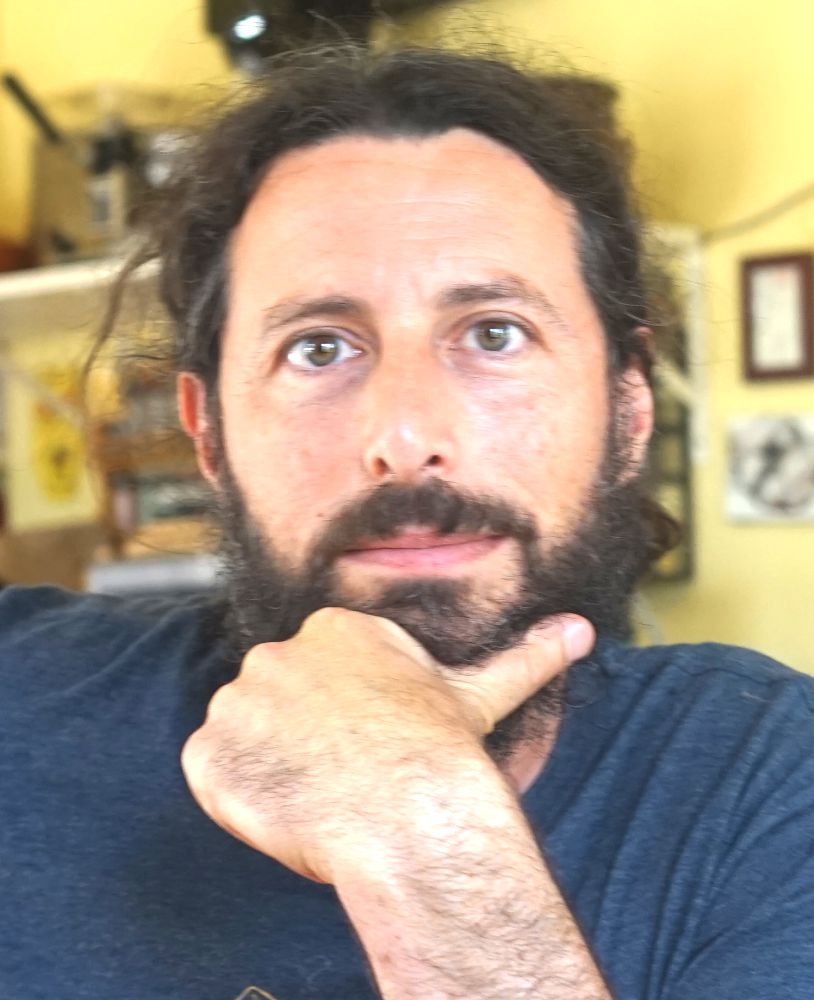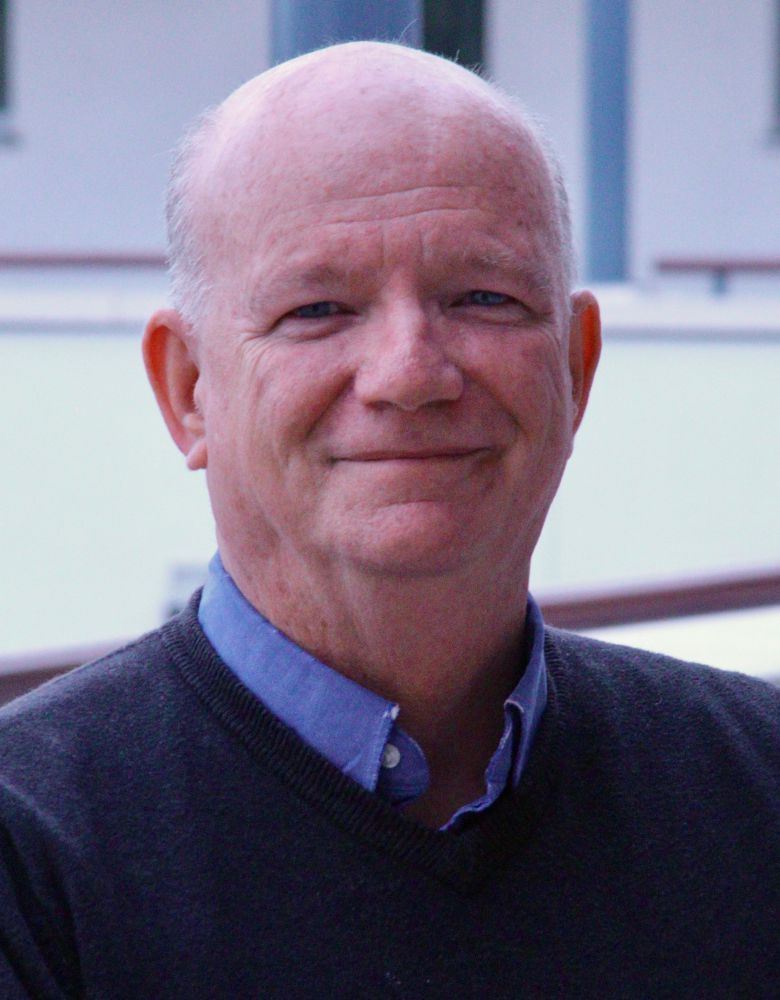
Try to See it Their Way



The Beatles, like gravity and tacos, are easy to take for granted. You could live without them, maybe, but would life be the same? One day we might discover they’re the source of dark energy, the magical mystery stuff that drives the expansion of the universe.
Truth is, the lads from Liverpool weren’t just a band, they were a force that pushed the boundaries of culture. UC Santa Barbara’s Carsey-Wolf Center (CWC) will explore the group’s influence in “Beatles: Revolutions,” a five-film series beginning with the groundbreaking “A Hard Day’s Night,” screening Thursday, Jan. 17, at 7 p.m. in the campus’s Pollock Theater. All films in the series are free and open to the public, but reservations are recommended to guarantee a seat.
“We believe it is important to revisit the Beatles as a phenomenon at this moment because they serve as a lens for understanding the major cultural and political shifts of the long 1960s and the reverberations of those changes 50 years later — in and beyond popular culture,” said Patrice Petro, the Dick Wolf Director of the CWC and Presidential Chair in Media Studies. “While the Beatles were important as groundbreaking musical figures, we want to look more closely at the way their music reshaped not only music, but also politics and culture more generally.”
Other films in the series include: “Let it Be,” Thursday, Jan. 24, at 7 p.m.; “I Wanna Hold Your Hand,” Tuesday, Feb. 12, at 7 p.m.; “Across the Universe,” Wednesday, Feb. 27, at 7 p.m.; and “Yellow Submarine,” Saturday, March 2, at 2 p.m. All films will screen at the Pollock Theater.
Each film will be followed by a discussion with a distinguished guest. “A Hard Day’s Night” will feature Ivor Davis, a journalist who covered the Beatles’ first U.S. concert tour from start to finish. It will be moderated by David Novak, an associate professor of ethnomusicology in the UC Santa Barbara’s Department of Music. He will also moderate a discussion with musician and producer Alan Parsons following “Let it Be.” Parsons, who was the recording engineer on Pink Floyd’s “Dark Side of the Moon,” was an engineer at Abbey Road during the filming of “Let it Be.”
Also among the impressive guests is Greil Marcus, one of the earliest and most important critics to write seriously about rock ’n’ roll. His career — as a critic, editor and author of more than a dozen books — spanned more than four decades. He will join moderator Petro after “Across the Universe.”
“Julie Taymor’s film is very important to our series,” Petro explained, “because it took up the Beatles’ story and music and recreated it for a new generation during the Iraq War; the film shows how the essence of the Beatles’ music remains popular and speaks multigenerationally. The film spotlights the complex legacy of the Beatles’ influences and appropriations, and Greil Marcus is a perfect guest to discuss these issues because he has deeply studied a broad sweep of the history of rock.”
In addition, actress Nancy Allen (“RoboCop,” “Carrie”) and Bob Gale, co-writer of “I Wanna Hold Your Hand,” will discuss the film with moderator Joe Palladino, undergraduate advisor and internship coordinator in UCSB’s Department of Film and Media Studies.
Palladino said Gale and director Robert Zemeckis, of “Back to the Future” fame, “do what they do best: recreate an era and populate it with quirky characters. The film is a love poem to the obsessed fan. I am so happy to have Bob Gale back, he is a Pollock favorite. This will be his third appearance.”
Palladino will also moderate a discussion of “Yellow Submarine” with guest Bill Morrison, who illustrated a “Yellow Submarine” graphic novel.
“The Beatles were a phenomenon that crossed music, art, comedy and so much more,” Palladino said. “With ‘Yellow Submarine,’ the Pop Art sensibility takes over the screen with vibrant color and biting humor. We have a great opportunity to be in conversation with Bill Morrison, who has been involved with the anarchic comedy of ‘The Simpsons’ for over 30 years. Bill has recently taken on the role of editing and rebooting Mad Magazine, another iconic pop culture force.”
“A Hard Day’s Night” and “Let it Be” aren’t just the first and last films the Beatles did, Novak said, they’re bookends that reveal the group’s astonishing growth as musicians and their place at the vanguard of a pop cultural revolution.
“The interesting thing about the series is the incredible diversity of materials that the Beatles generated in their decade of existence,” Novak said. “It’s almost like a child can see a dachshund and a great Dane and still recognize that they’re both dogs. That’s how different the later music is from their early music, but we still hear it as the Beatles.”
When “A Hard Day’s Night” debuted in August 1964, Beatlemania was at full roar. The country — the world, really — had never seen anything like it. Not even Elvis in his prime inspired the deafening love Beatles fans generated wherever they were, either live or on the screen.
“The reaction to the film in the U.S. was pretty incredible,” Novak said. “There was a whole wave of young people in the theaters. My parents went to see it in Manhattan and they couldn’t hear the film for the teenage girls screaming through the whole thing.”
“A Hard Day’s Night” was a joyous romp that let the Beatles wink at their fame while playing versions of themselves. As Novak noted, “For much of the film, they were re-enacting things that they had already done. In the press conference scenes, they were just using some of the funny lines that they had improvised in real interviews over the previous couple of years. So the film felt true to life, but at the same time it’s so obviously staged and simplistic that the Beatles themselves took on this larger-than-life form.”
“Let it Be,” on the other hand, couldn’t have been more different. Filmed as an intimate fly-on-the-wall documentary in January 1969, it captured the band’s testy final days.
“It was a very dark and depressing slice at the end of the Beatles’ collective life in the studio,” Novak said. “It’s almost like you’re trapped in the studio with them, watching them at each others’ throats, miserable, but creating this great music.”
Parsons, who had started at Abbey Road as an 18-year-old assistant engineer, worked on the exhaustive sessions, and also had a front-row seat as second engineer when the Beatles recorded their famous final live set on the roof of the building. Despite the tension of their impending breakup, Novak said, they “were able to use that energy in this magic final performance, and Alan Parsons was there to capture that sound.”



